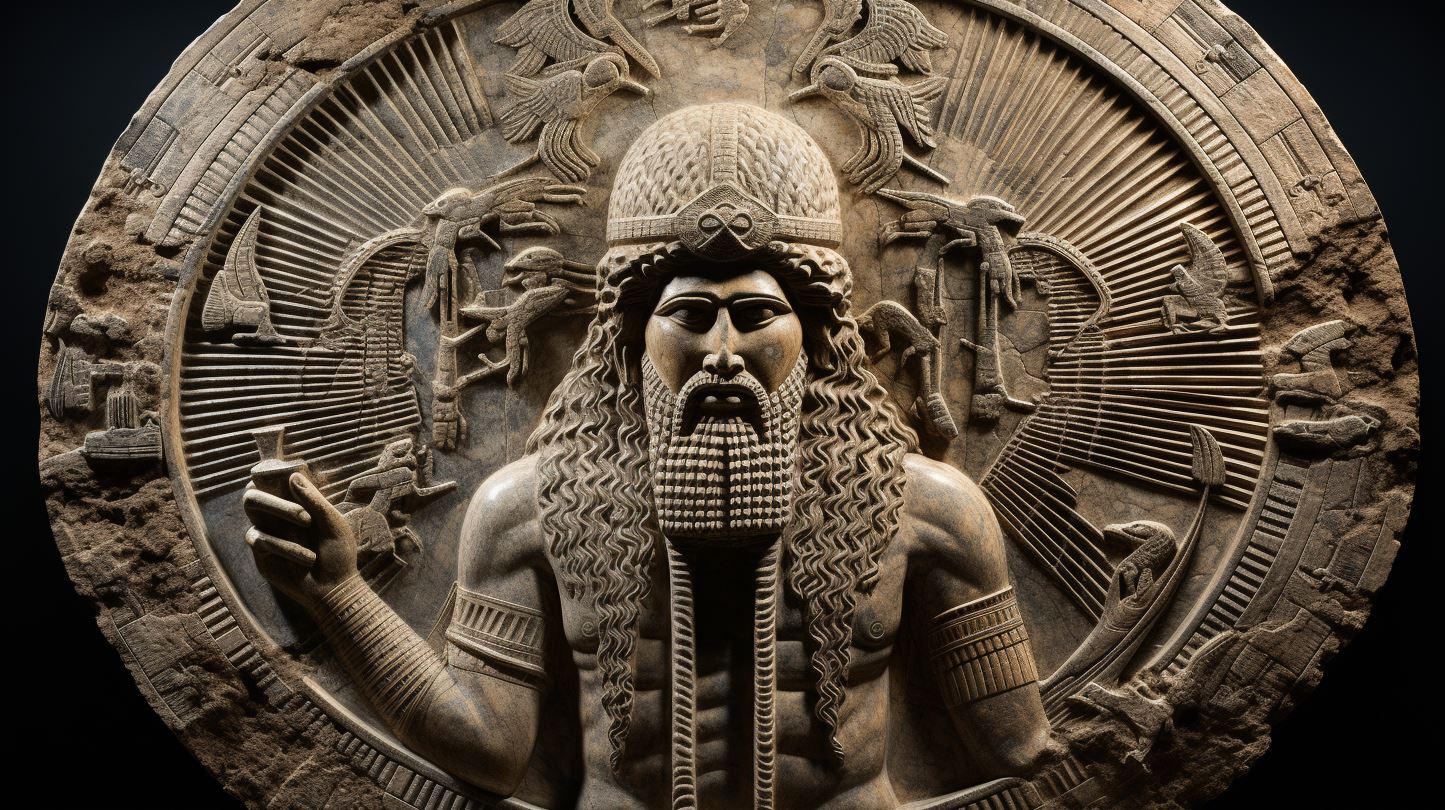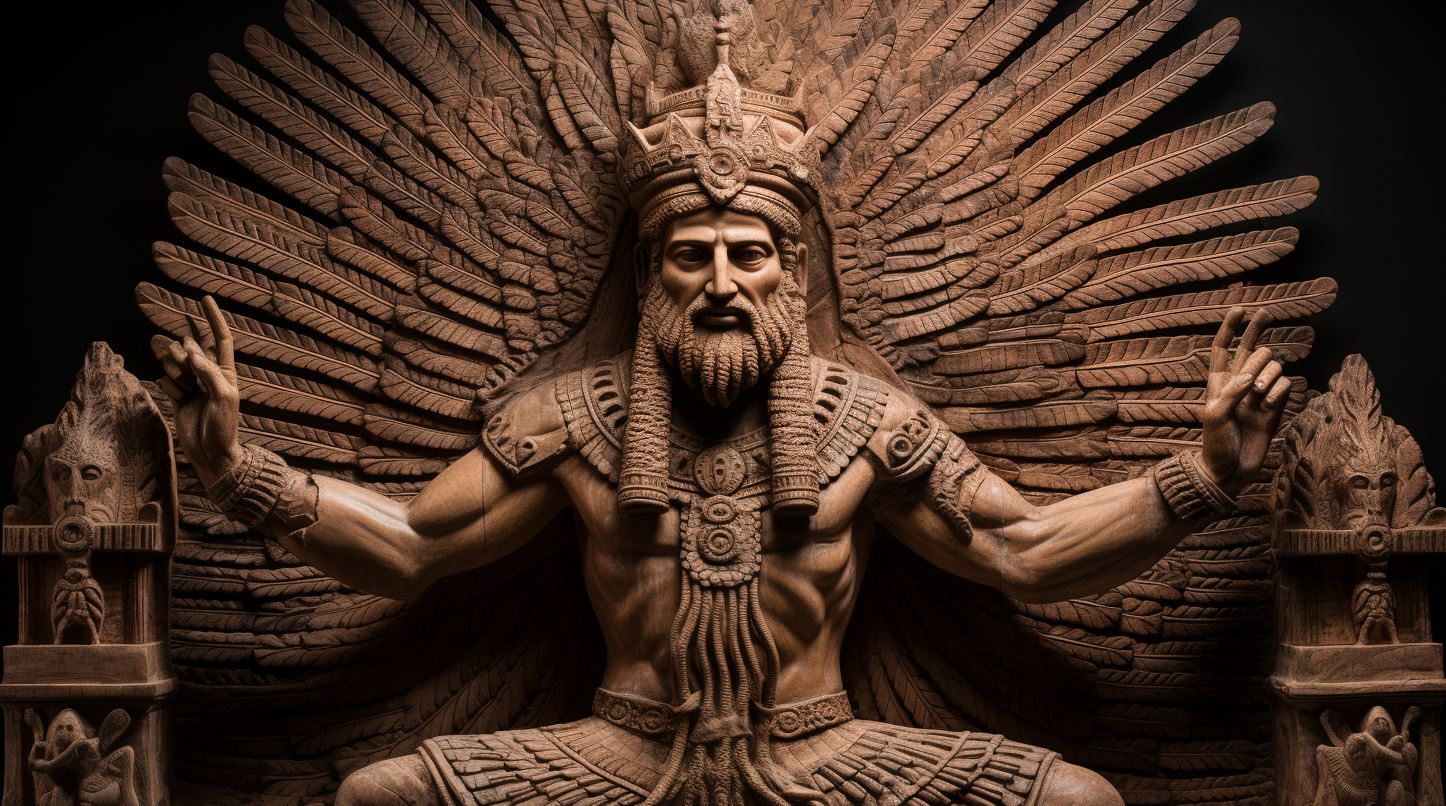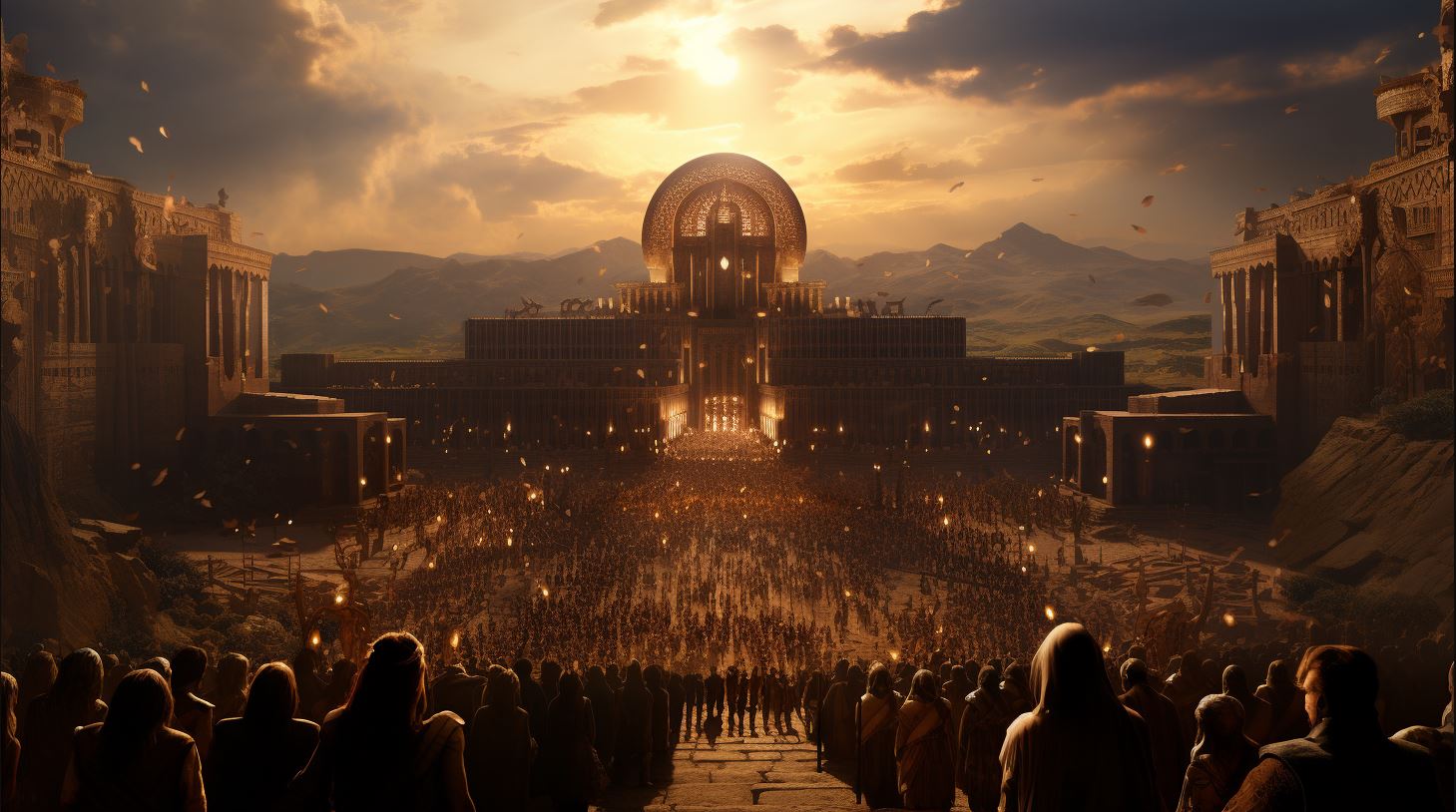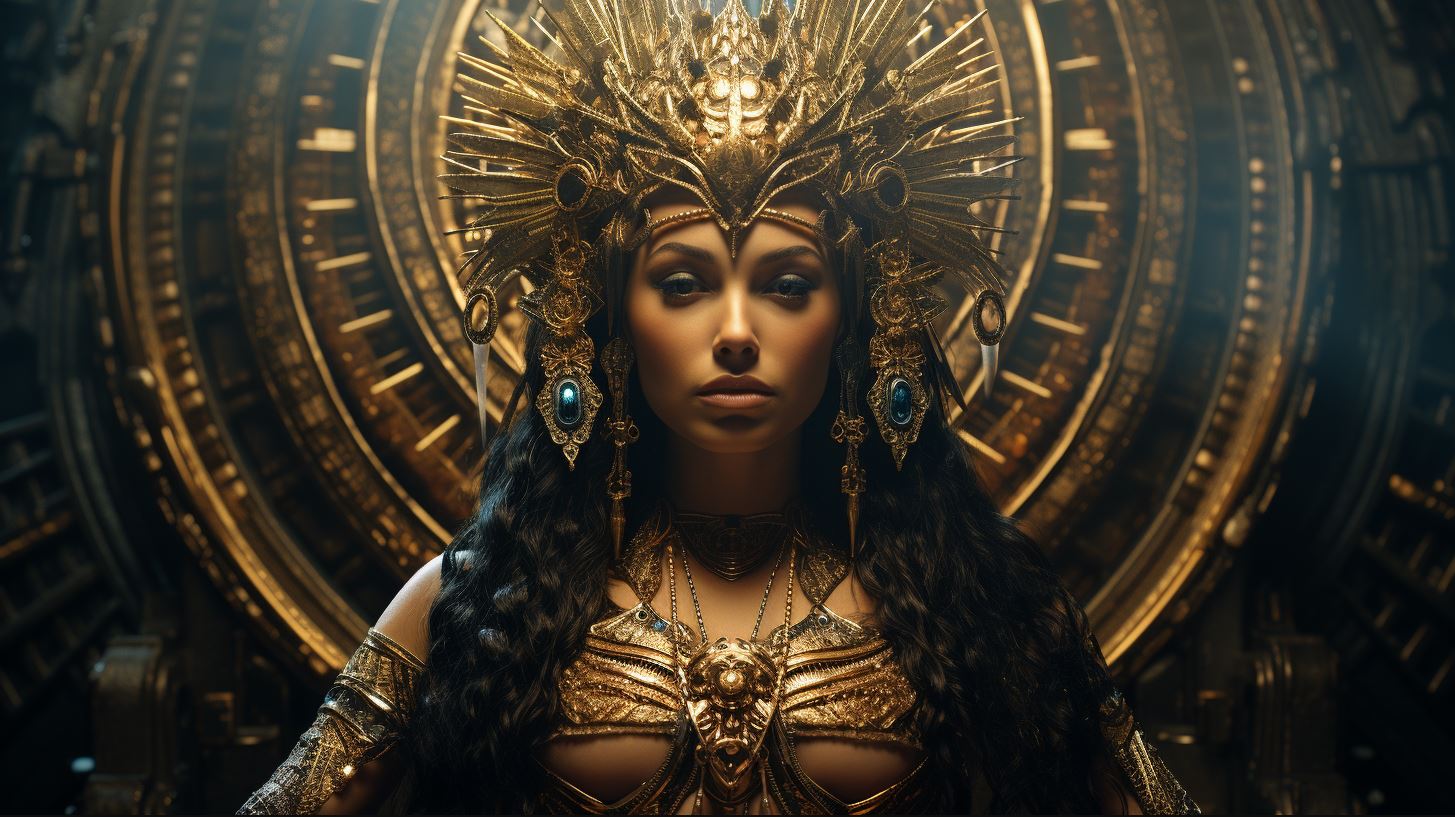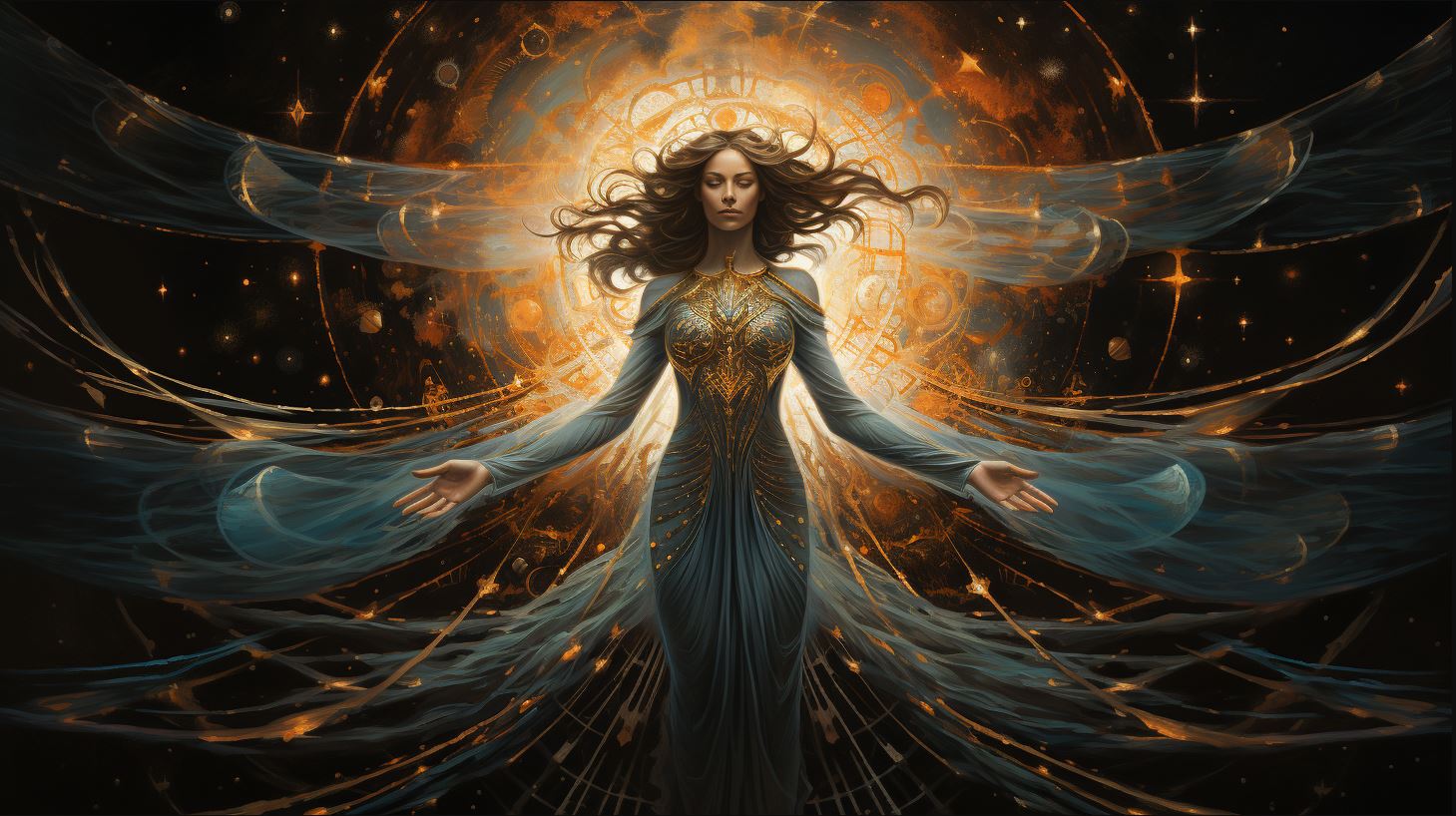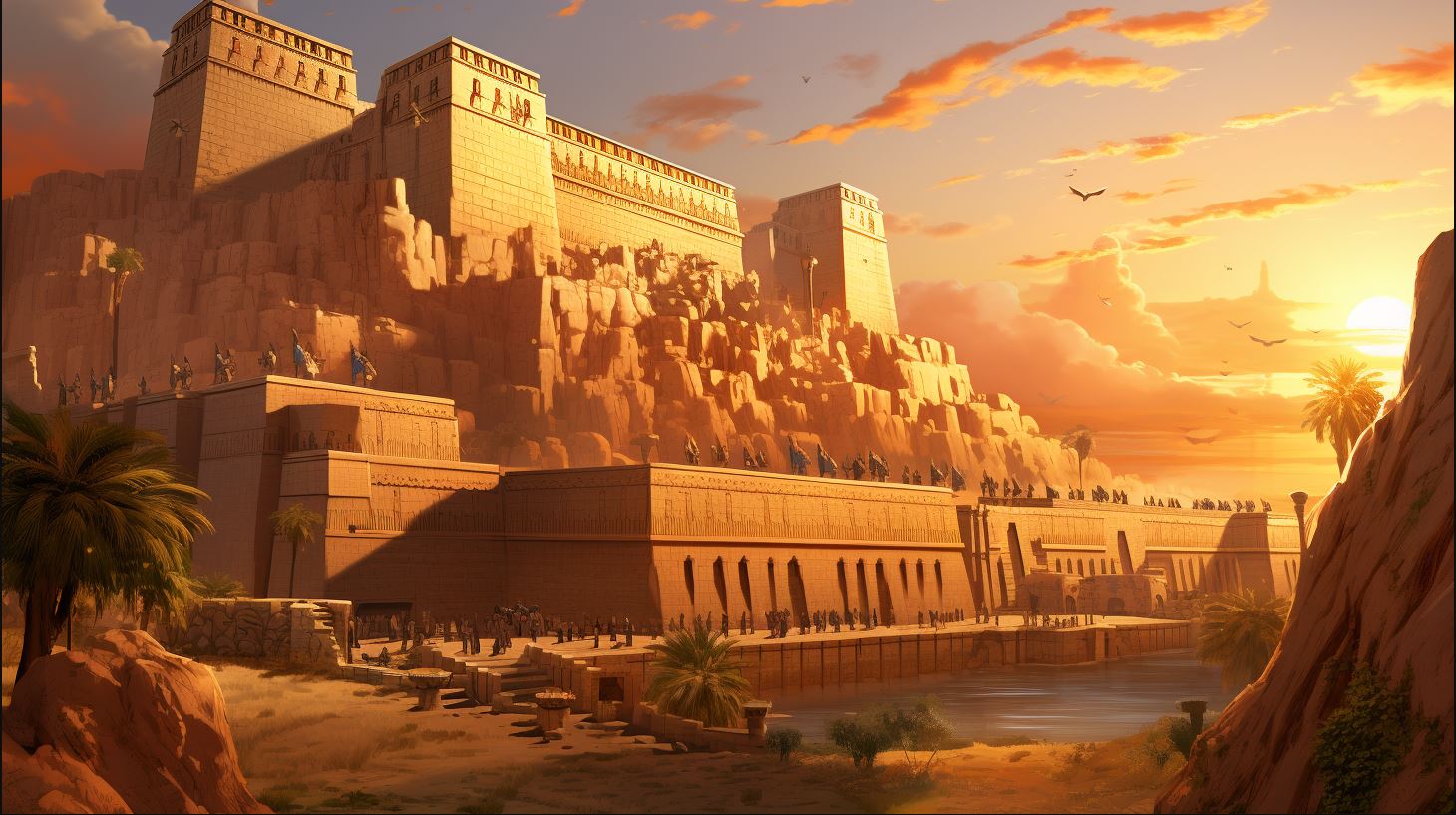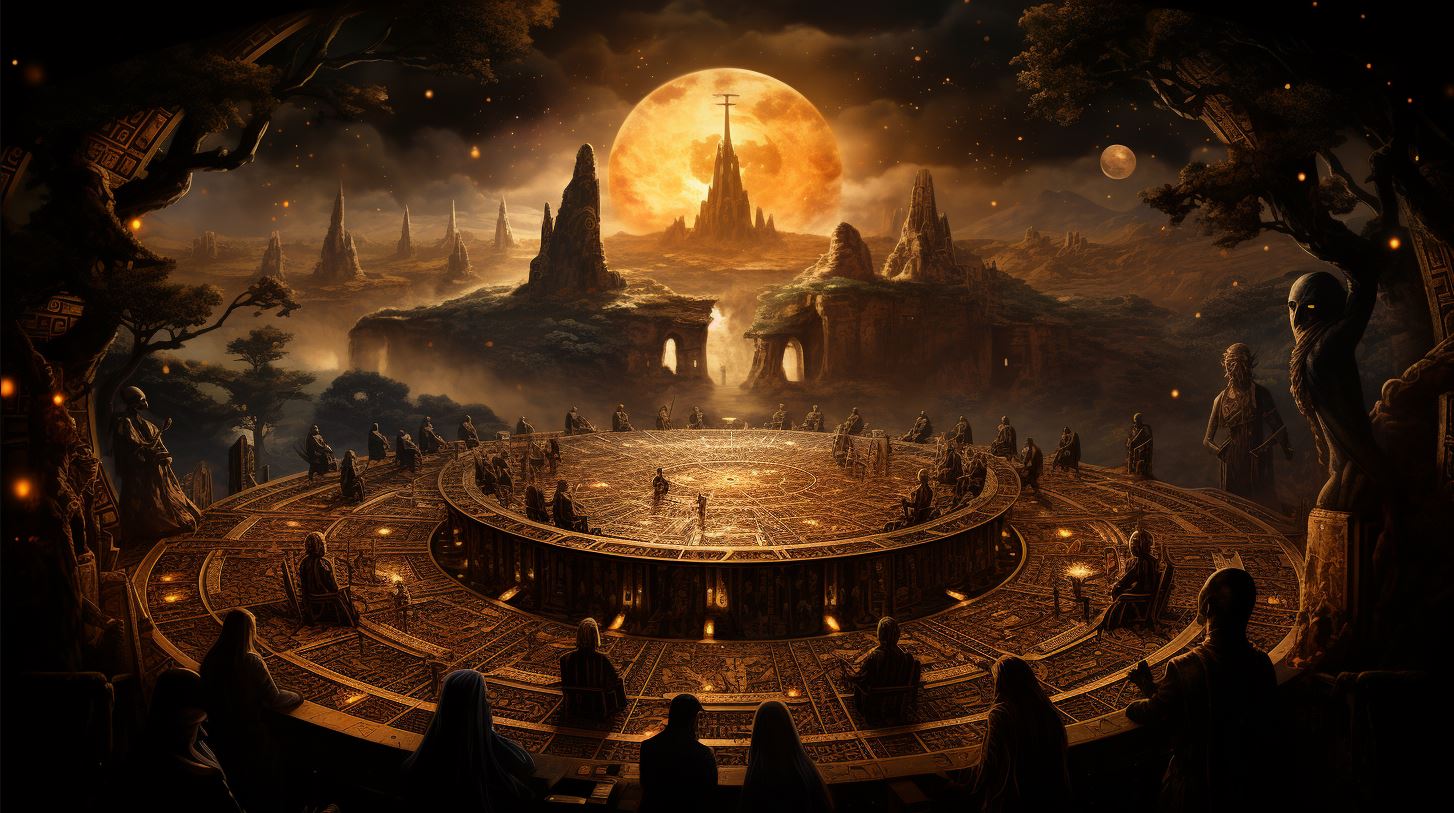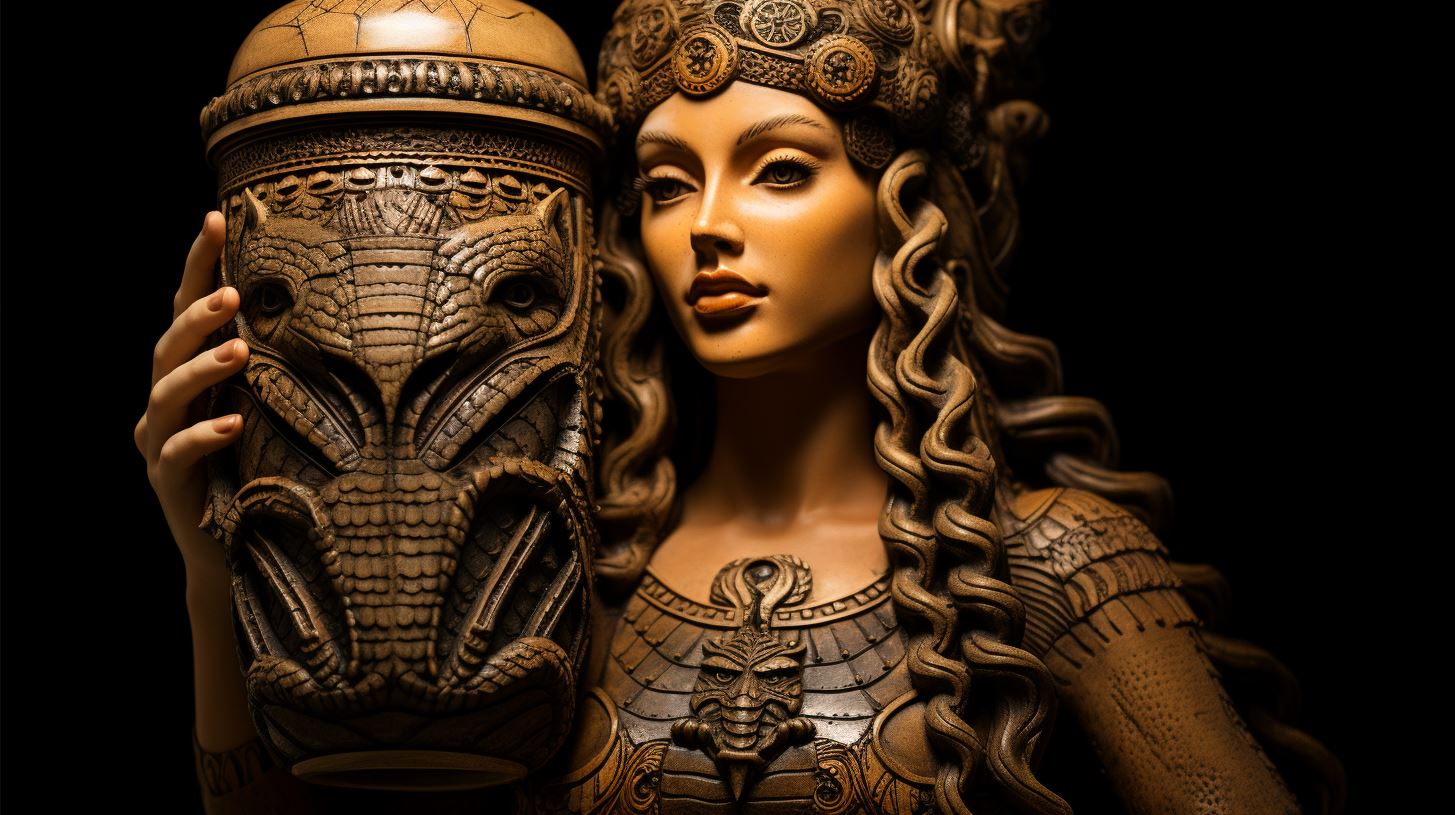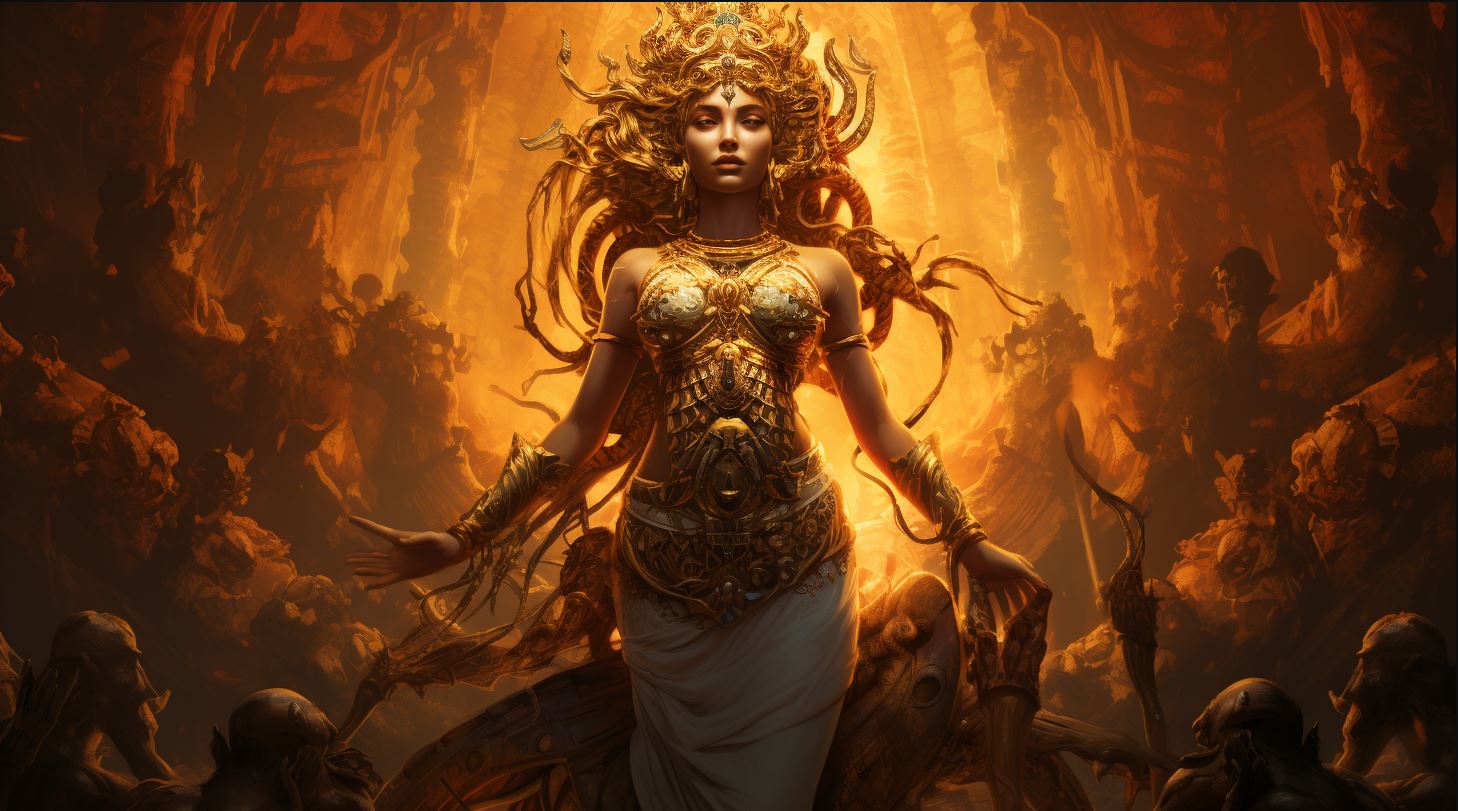Nanna Sumerian God: Exploring the Divine Powers of Ancient Mesopotamia
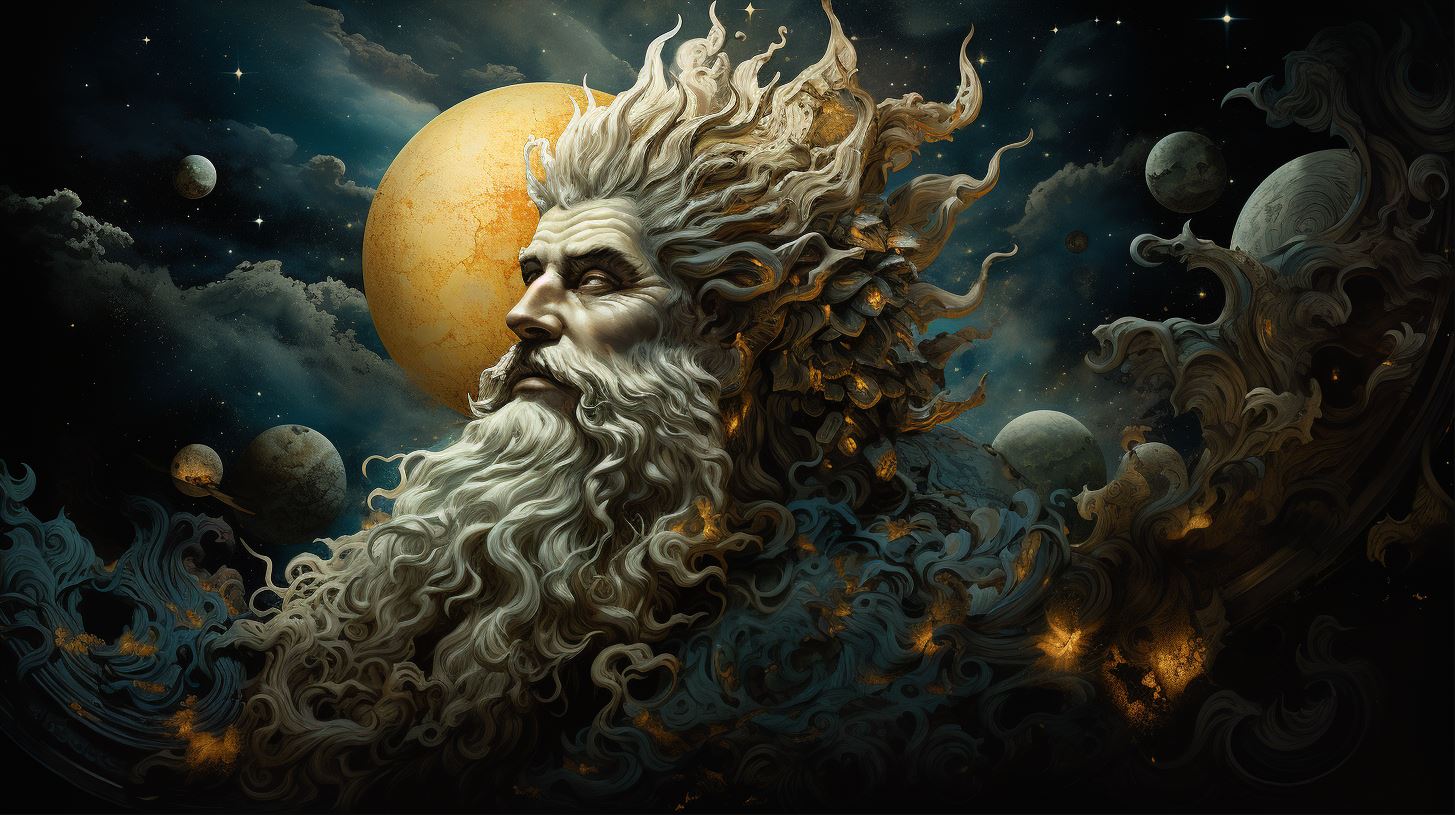
Nanna Sumerian god, also known as Nanna Suen, holds a significant role in ancient Mesopotamian mythology and religion. As a prominent deity, Nanna is closely associated with the Moon and Sin worship.
From the origins of Nanna to the influence on later cultures, this article explores various aspects of this divine figure. It delves into Nanna’s relationships with other major deities, his representations in artifacts and texts, and his relevance in contemporary religions.
Join us on this intriguing journey to discover the enduring significance of Nanna Sumerian god.
Exploring the Role of Nanna Sumerian God
Welcome to this captivating exploration of the enigmatic deity, Nanna Sumerian God. In this section, we will delve into various aspects of Nanna’s significance in ancient Mesopotamian culture and religion.
Origins and Mythology of Nanna
The origins of Nanna can be traced back to the earliest periods of Sumerian mythology.
Known as the son of Enlil and Ninlil, Nanna played a crucial role in the divine genealogy of the Sumerian pantheon. His mythological narrative revolves around his celestial journey as the moon god.
Nanna’s Position in the Sumerian Pantheon
Within the complex hierarchy of Sumerian gods and goddesses, Nanna held a prominent position. As the father of the sun god, Utu, and the goddess of love, Inanna, Nanna exerted significant influence over the domains of light, fertility, and love.
Nanna’s Associations with Moon and Sin Worship
One of the central aspects of Nanna’s worship was the association with the moon. This celestial connection made Nanna the embodiment of lunar powers and cycles. Worship of Nanna, also referred to as Sin, involved rituals dedicated to the moon’s influence over tides, seasons, and agricultural fertility.
The Cult of Nanna in Babylonian and Akkadian Periods
Throughout the Babylonian and Akkadian periods, the cult of Nanna flourished, often centered around the city of Ur. Temples devoted to Nanna, such as the famous Ziggurat of Ur, served as focal points for religious ceremonies and offerings.
The cult’s influence expanded beyond Mesopotamia, leaving a lasting impact on neighboring cultures.
This concludes our exploration of the role of Nanna Sumerian God. Join us in the upcoming sections as we unravel further insights into Nanna’s associations with other deities, his depictions in artifacts and texts, and his enduring significance in contemporary religions.
Nanna Sumerian God and Associated Deities
Nanna, the Sumerian god, is intricately connected to various other deities within the Mesopotamian pantheon. Through examining these associations, we gain a deeper understanding of Nanna’s role and influence in ancient religious beliefs and practices.
Nanna and Ningal: Divine Parents
One notable relationship in Nanna’s divine lineage is with Ningal, his consort and divine mother of their children. Ningal is revered as the divine goddess of reeds and vegetation, and their union highlights the importance of fertility and growth in Sumerian mythology.
Relationships with Enlil and Other Major Deities
Nanna’s significance expands beyond his immediate family ties. He forms connections with prominent deities like Enlil, the chief god of the Sumerian pantheon. Through these relationships, Nanna’s role intertwines with broader concepts of kingship, wisdom, and cosmic harmony.
The Neo-Assyrian Influence on Nanna’s Worship
During the Neo-Assyrian period, Nanna’s worship underwent significant transformations. The Neo-Assyrian rulers, recognizing the power and prestige associated with Nanna, actively promoted his cult and integrated his symbolism into their own divine kingship ideology.
Harran: The Last Stronghold of Nanna’s Cult
In the ancient city of Harran, located in present-day Turkey, Nanna’s cult persisted until the rise of Christianity. Harran became the last bastion of Nanna’s worship, with its citizens venerating him alongside other Mesopotamian deities.
This regional continuity showcases the enduring legacy of Nanna throughout the ages.
Nanna Sumerian God in Artifacts and Texts
In the exploration of Nanna Sumerian God, the study of artifacts and texts plays a crucial role in understanding the deity’s significance and symbolism. This section delves into the rich collection of cuneiform texts and artistic depictions that shed light on Nanna’s presence in ancient Mesopotamia.
Nanna Suen in Cuneiform Texts
Cuneiform texts reveal vital information about Nanna’s role and worship in Sumerian society. These writings portray Nanna as a revered god associated with the Moon and fertility. They depict him as a compassionate deity and emphasize his close connection with humans.
The cuneiform tablets provide insights into rituals, prayers, and hymns dedicated to Nanna, offering glimpses into the religious practices of the time.
Depictions of Nanna in Mesopotamian Art
Nanna’s presence in Mesopotamian art can be seen through various sculptures, reliefs, and seals. Artists beautifully captured Nanna’s presence, often portraying him with a characteristic long beard and a crescent headdress.
These representations showcase the profound respect and adoration people had for this deity. The art serves as a visual representation of Nanna’s importance and his divine qualities.
Symbolism: The Crescent and the Sun
The symbolism associated with Nanna includes the crescent and the sun.
The crescent, a prominent motif in Mesopotamian art and symbolism, represents Nanna’s connection to the Moon. This symbol not only mirrors the lunar cycle but also signifies Nanna’s authority over time, seasons, and fertility.
The sun, on the other hand, symbolizes Nanna’s radiant power and divine presence. Together, these symbols communicate the duality of Nanna’s divine influence.
Nanna’s Legacy: Influence on Later Cultures
Nanna’s influence extended beyond the Sumerian period, shaping the religious beliefs of later cultures. The Babylonians and Akkadians adopted and integrated Nanna into their pantheon, associating him with their own moon deities.
Nanna’s worship also continued in the Neo-Assyrian Empire, leaving a lasting impact on religious practices. Even in Harran, the ancient city, Nanna’s cult survived as the last stronghold. His profound legacy can be traced through different regions and eras, demonstrating the enduring significance of this Sumerian god.
Understanding the Significance of Nanna Sumerian God Today
The enduring legacy of Nanna Sumerian God continues to captivate scholars, researchers, and enthusiasts alike. This section delves into the modern-day rediscovery and research surrounding Nanna, exploring the relevance of this ancient deity in contemporary religions, as well as his presence in popular culture and literature.
Modern-Day Rediscovery and Research
In recent years, there has been a resurgence of interest in Nanna Sumerian God, driven by archaeological discoveries and advancements in understanding ancient Mesopotamian culture. Scholars have meticulously examined cuneiform texts, uncovering new insights into Nanna’s role, rituals, and influence within the pantheon.
Archaeological excavations in ancient cities like Ur, Uruk, and Babylon have unearthed artifacts dedicated to Nanna, shedding light on the practices and beliefs surrounding his worship. These discoveries have allowed researchers to piece together a clearer understanding of the societal significance attached to Nanna during ancient times.
Nanna’s Relevance in Contemporary Religions
Although ancient Mesopotamian religions have long faded, certain aspects of Nanna’s influence can still be seen in contemporary spiritual practices. Various modern religious movements, including neopagan and reconstructionist groups, have incorporated Nanna into their pantheons, reviving the worship of this lunar deity.
Nanna’s association with the Moon and his role as a divine protector have resonated with individuals seeking connection to celestial forces. The symbolism of the Moon continues to inspire spiritual and metaphysical interpretations, making Nanna a significant figure in the esoteric and mystical communities.
Nanna in Popular Culture and Literature
Nanna Sumerian God’s compelling story and symbolism have found their place in popular culture, literature, and even contemporary art. His enigmatic persona and link to the Moon have served as inspiration for countless works, ranging from novels and poems to music and visual art.
In literature, authors have explored Nanna’s character, integrating him into mythological retellings and fantasy tales. Artists have depicted Nanna in various forms, capturing the ethereal beauty associated with moon deities. From ancient myths to modern imagination, Nanna’s presence endures, leaving an indelible mark on creative expression.
- Modern-day rediscovery and research:
- Archaeological discoveries and cuneiform texts
- Scholarly examinations of Nanna’s role and rituals
- Nanna’s relevance in contemporary religions:
- Incorporation into neopagan and reconstructionist movements
- The appeal of lunar symbolism and divine protection
- Nanna in popular culture and literature:
- Narrative explorations in novels and poetry
- Artistic representations reflecting moon deity aesthetics
.

